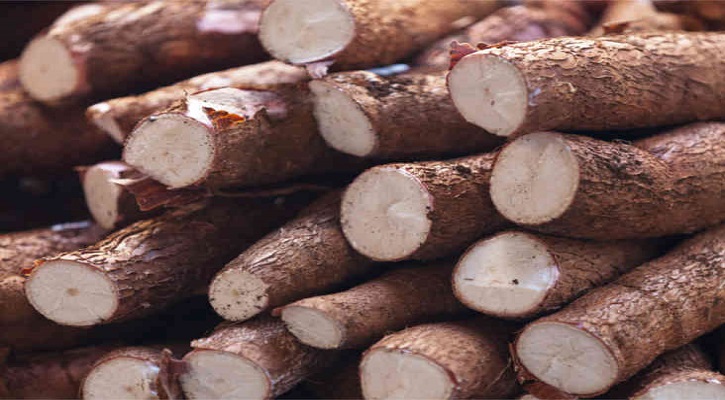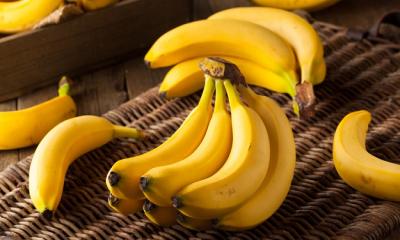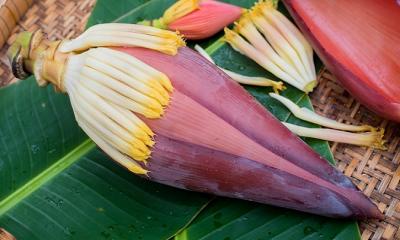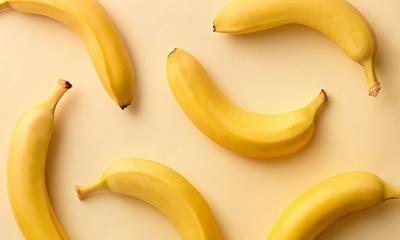
Cassava
- Womenscorner Desk
- September 21, 2020
Cassava, (Manihot esculenta), also called manioc, mandioca, or yuca, tuberous edible plant of the spurge family (Euphorbiaceae) from the American tropics. It is cultivated throughout the tropical world for its tuberous roots, from which cassava flour, breads, tapioca, a laundry starch, and an alcoholic beverage are derived. Cassava probably was first cultivated by the Maya in Yucatán.
A cyanide-producing sugar derivative occurs in varying amounts in most varieties. Indigenous peoples developed a complex refining system to remove the poison by grating, pressing, and heating the tubers. The poison (hydrocyanic acid) has been used for darts and arrows.
Read More : Nutrition of Armenian Cucumber
Cassava is a perennial plant with conspicuous, almost palmate (fan-shaped) leaves resembling those of the related castor-oil plant but more deeply parted into five to nine lobes. The fleshy roots are reminiscent of dahlia tubers. Different varieties range from low herbs to branching shrubs and slender unbranched trees. Some are adapted to dry areas of alkaline soil and others to acid mud banks along rivers.
Cassava is a good source of dietary fibre as well as vitamin C, thiamin, folic acid, manganese, and potassium. Food items such as the gelatinous fufu of West Africa and the bammy of Jamaica come from cassava. Additional cassava products include an alcoholic beverage known as kasiri that is made by Indians in South America, the powdery casabe cakes of Yucatán, and tapioca, the only cassava product on northern markets.
Read More : Eat Karela (Bitter Gourd) Meal To Manage Blood Sugar Levels
Source : Google





